Google first showed off the Pixel 7 series back in May at its I/O 2022 conference, revealing two phones that seemed more iterative than revolutionary.
Both devices offer similar designs to the Pixel 6 series, featuring those camera visors, center-mounted punch-hole cutouts, and near-identical camera specs to last year. You’d be forgiven for thinking these were Pixel 6 variants. But there’s a strong argument to be made that this is exactly what the Pixel line needs.
A history of flip-flopping
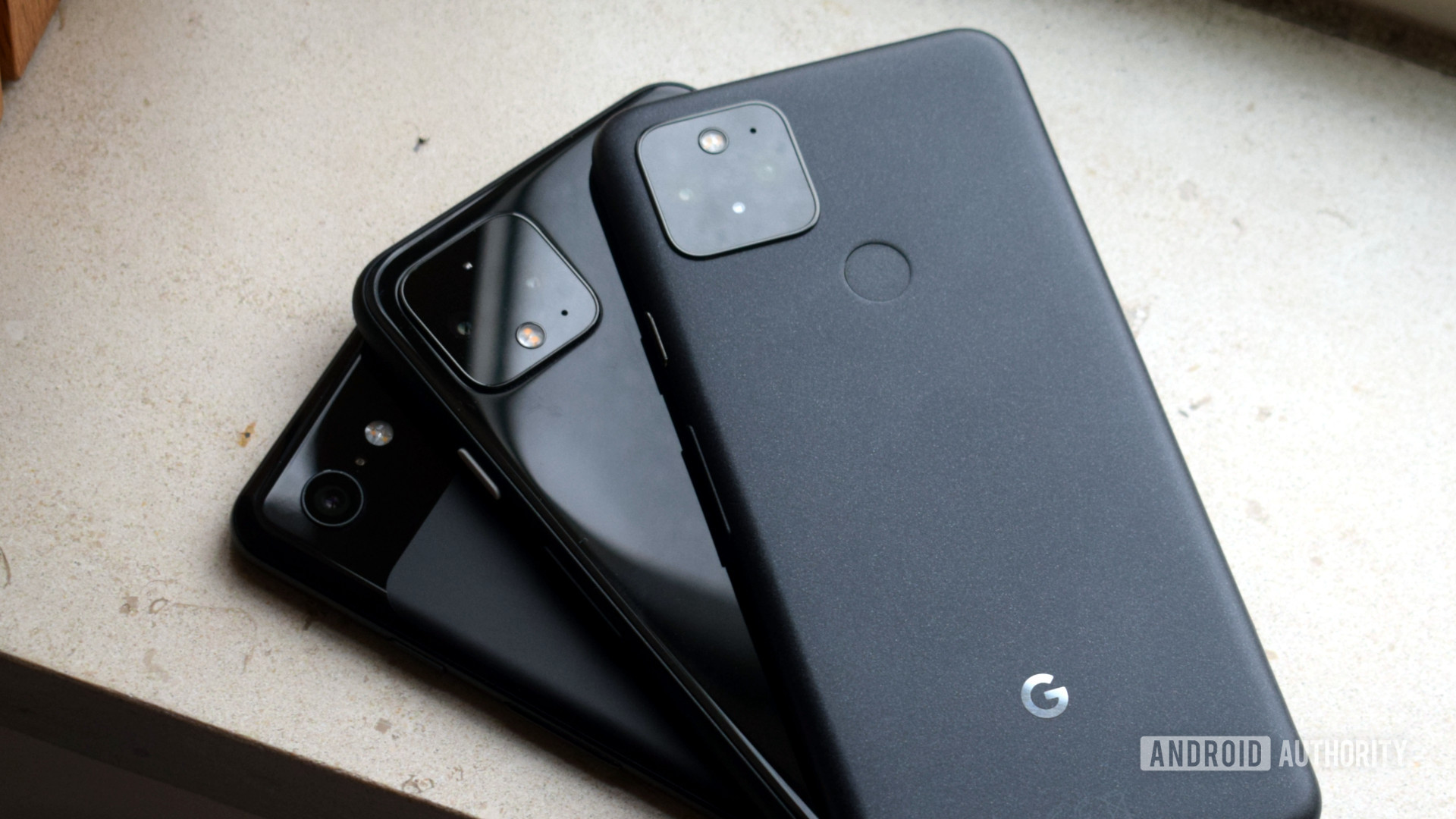
Robert Triggs / Android Authority
It’s easy to see a historic lack of commitment to consistency when looking at older Pixel hardware. Each successive device often felt like an experimental release rather than part of a cohesive product line and long-term strategy. It’s almost as if the company decided on features by throwing darts at a board.
Perhaps the most prominent example of this was the Pixel 4 series ditching the Pixel 3 line’s rear fingerprint scanner, dual selfie cameras, and single rear camera in favor of 3D face unlock, a single selfie camera, and main/tele dual rear cameras. The move to 3D face unlock meant the phones couldn’t be sold in some markets (such as India), owing to the use of Soli radar tech to start facial recognition as soon as you reached for the phone.
Google has historically taken a scattershot approach to its Pixel phone strategy, making major changes on what seems like a whim.
Then there was the Pixel 5, which ditched the Pixel 4’s flagship power for a mid-range chipset and abandoned a main/telephoto camera setup for a main/ultrawide combination. Google has been a bit more consistent with its software features, but you never really knew what you were getting with Pixel hardware.
This inconsistency is also reflected in the numerous problems we’ve seen with Google phones over the years. Whether it’s the original Pixel’s bootloop and microphone woes or the Pixel 3 and 4’s rear cover coming off, it seemed like every release was accompanied by a serious issue of some kind.
The Pixel line’s lack of focus might also be partially to blame for numerous hardware and software woes.
These defects aren’t a thing of the past either; Google’s current Pixel 6 series suffers from numerous problems. The company’s semi-custom Tensor chipset is prone to heating, while its poor wireless connectivity has also been well-documented. The phones have also suffered from software bugs related to fingerprint scanners, phone calls, Bluetooth, and more.
Why consistency would help the Pixel 7
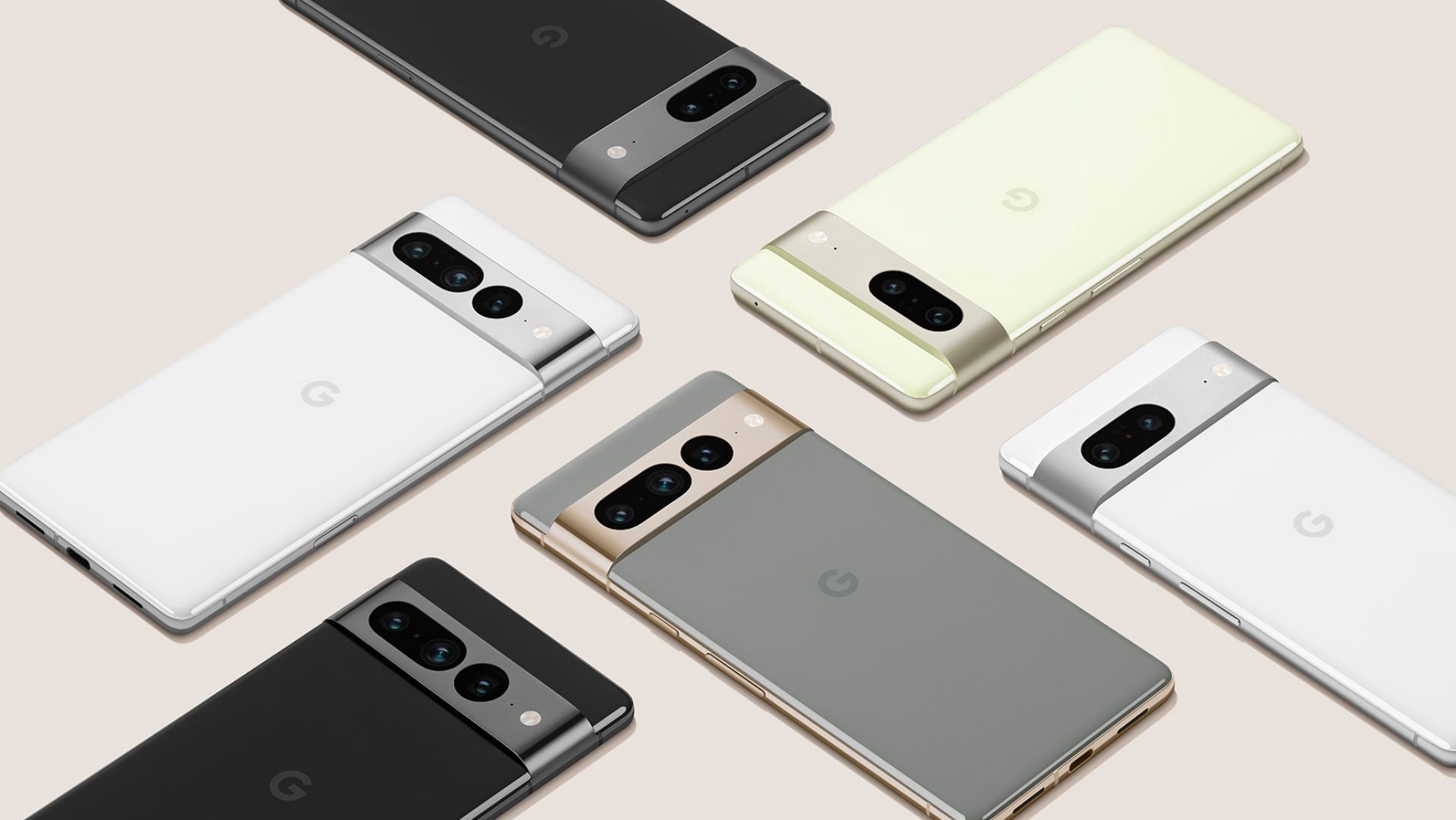
The looming Pixel 7 series phones, on the other hand, seem to represent a more iterative Google rather than a company starting from scratch once again. And there are plenty of reasons why this is a good thing.
The biggest reason to welcome an evolutionary Pixel series release is that it gives Google an opportunity to focus on fixing these aforementioned problems it encountered with the Pixel 6 family. After all, it’s not starting from zero again, which means it doesn’t need to spend a ton of time on aspects like hardware and the overall design.
The time it would’ve spent on a complete rework will hopefully, therefore, go to addressing software issues, for one, making the bug swarm of the Pixel 6 series launch a thing of the past. It also means Google can theoretically refine its Tensor processor in a bid to reduce the overheating and unreliable connectivity.
Google can focus on solving Pixel 6 pain points as it’s not starting from scratch with the Pixel 7.
An evolutionary approach also means Google can focus on refining what already works, such as the cameras. Google stuck with a 12MP main camera for years, allowing it to polish its image processing with each successive Pixel release until it decided to adopt a 50MP sensor with the Pixel 6 series. All signs point to the 50MP sensor being retained, giving Google a chance to fine-tune its image processing and algorithms once again.
Do you think a more iterative Pixel release is a good thing?
150 votes
Finally, this approach also potentially frees up resources for future Pixel feature drop updates. Plus, the shared hardware DNA between the two Pixel generations could potentially allow for the Pixel 6 to gain Pixel 7 features down the line.
Aside from software fixes and product refinement, there’s also an over-arching potential benefit to taking an evolutionary approach. This strategy could help Google lay the foundation for future growth.
An opportunity to address what the Pixel actually is
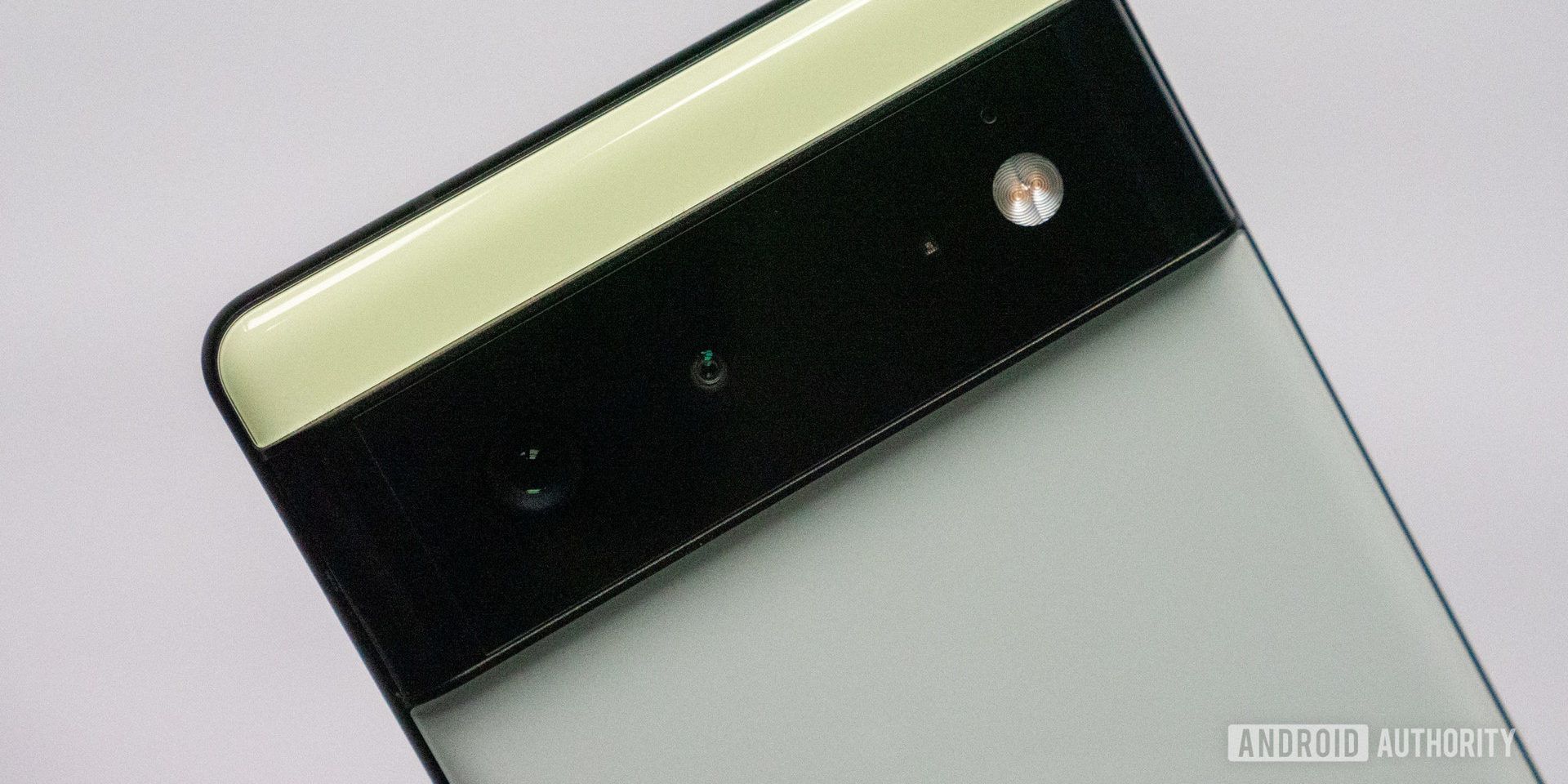
Jimmy Westenberg / Android Authority
Even if Google isn’t able to address every single major Pixel 6 problem with the Pixel 7 release, a more familiar phone will allow the company to refine its smartphone strategy in general. Although its phones offer great camera processing, years of updates, and some innovative software features (e.g. Call Screening, Recorder), Google hasn’t really done a fantastic job of communicating why people should buy its phones in years gone by. At least not to the mainstream public, which was reflected in its shipment figures for the longest time prior to the Pixel 6 family’s release. But that’s changing.
The switch to semi-custom silicon and a consistent design language suggests Google is finding its Pixel strategy footing.
There are signs that the company is indeed drilling down on a strategy, with the firm’s Tensor processor playing a crucial role. The semi-custom chipset is packing plenty of machine learning power, which Google uses for differentiating features such as offline voice dictation, Magic Eraser, and face unblur. We already know that the Tensor G2 is coming to the Pixel 7 series, so we’re expecting Google to build on this already impressive foundation for more AI-powered features.
Another sign of Google finally adopting a consistent strategy for the Pixel line is simply the Pixel 7’s look. The design is broadly in line with the Pixel 6 series, featuring the distinctive rear camera bar that shows an effort to maintain a cohesive design language across generations. We haven’t seen this from a Pixel flagship line since the Pixel 3 series. That’s really important; you certainly won’t mistake the Pixel 6 and Pixel 7 series for Samsung or Apple imitators.
A more iterative Pixel 7 allows Google to keep going uphill instead of stopping to change wheels once again.
All of these points suggest that Google and the Pixel team are finally pulling in one direction. A more iterative Pixel 7 release means Google isn’t reinventing the wheel this year, but it does allow the company to keep going uphill instead of stopping to change wheels once again.












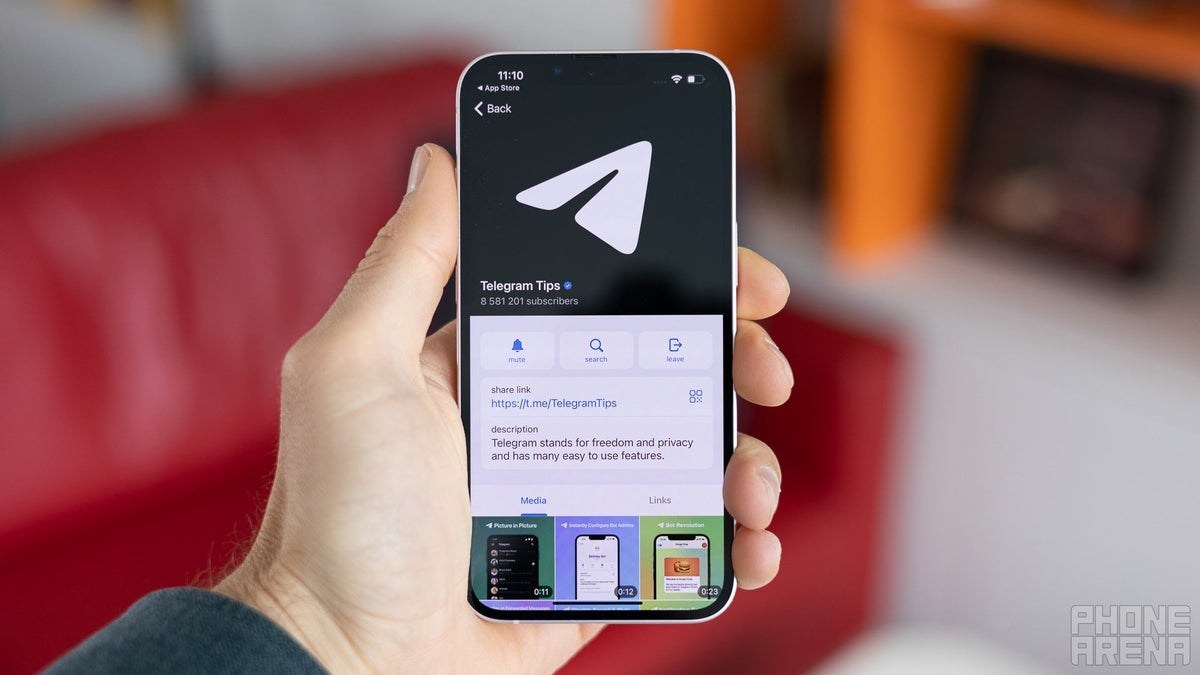
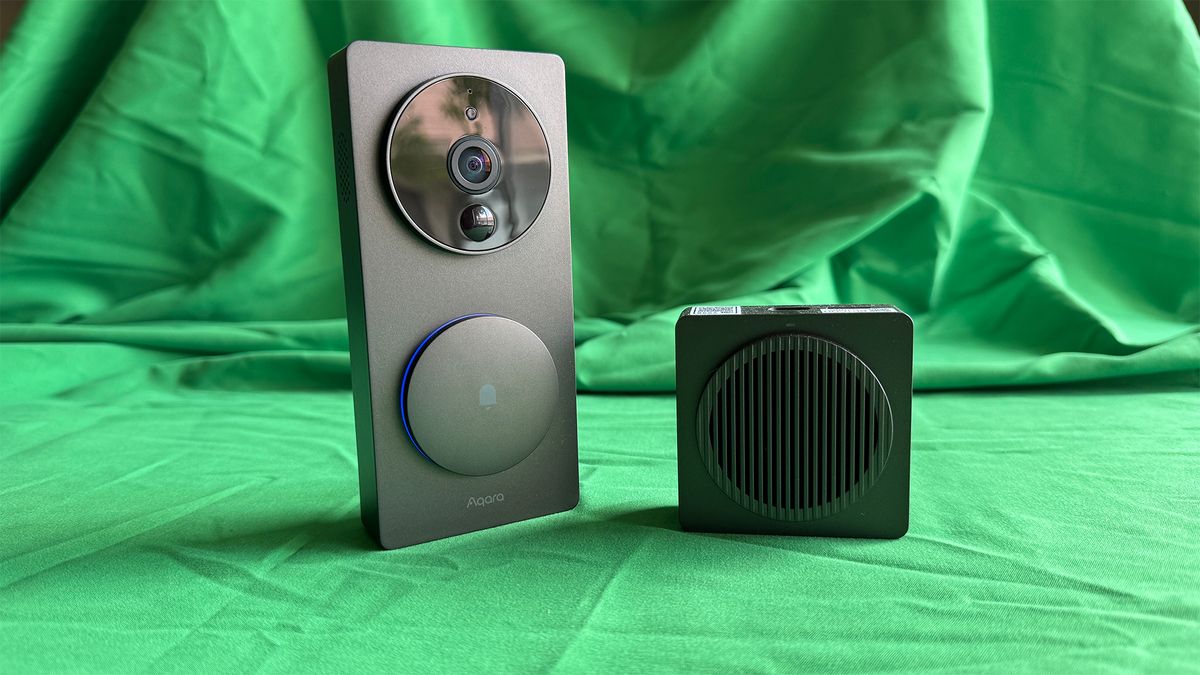



.jpg)


Discussion about this post